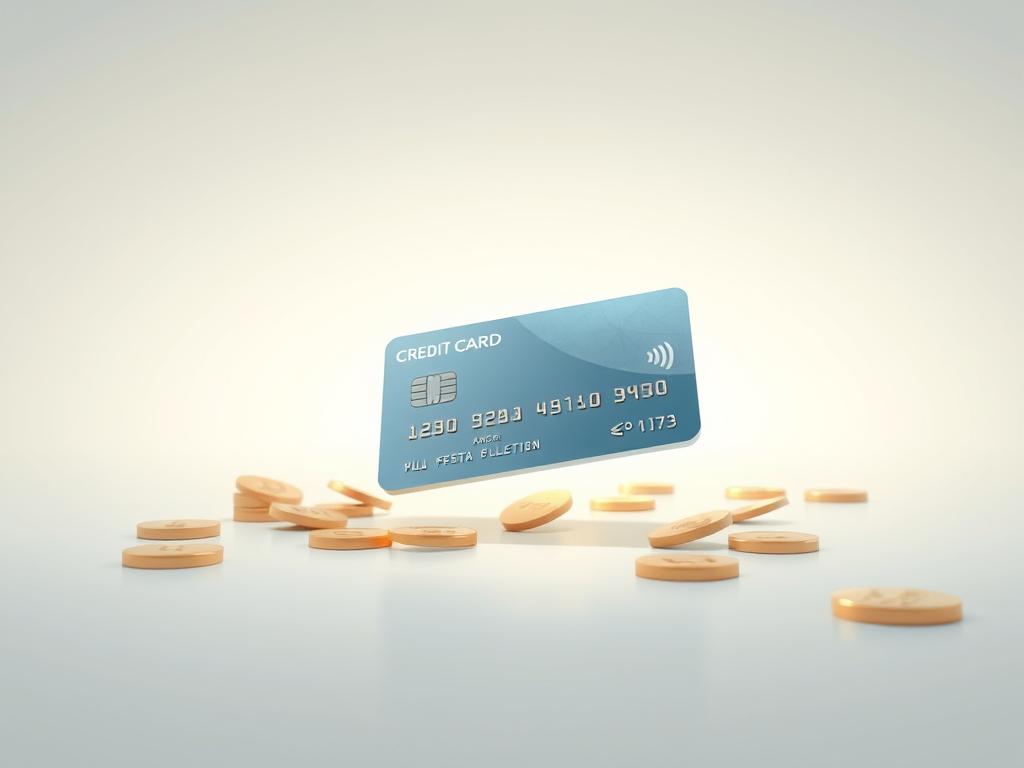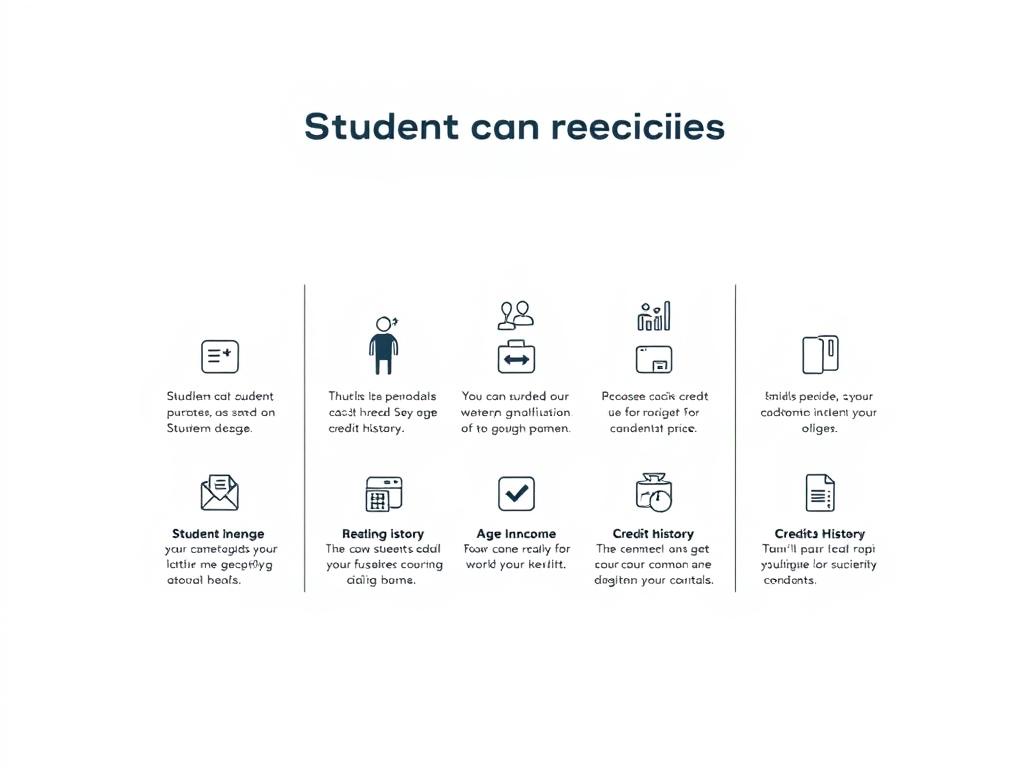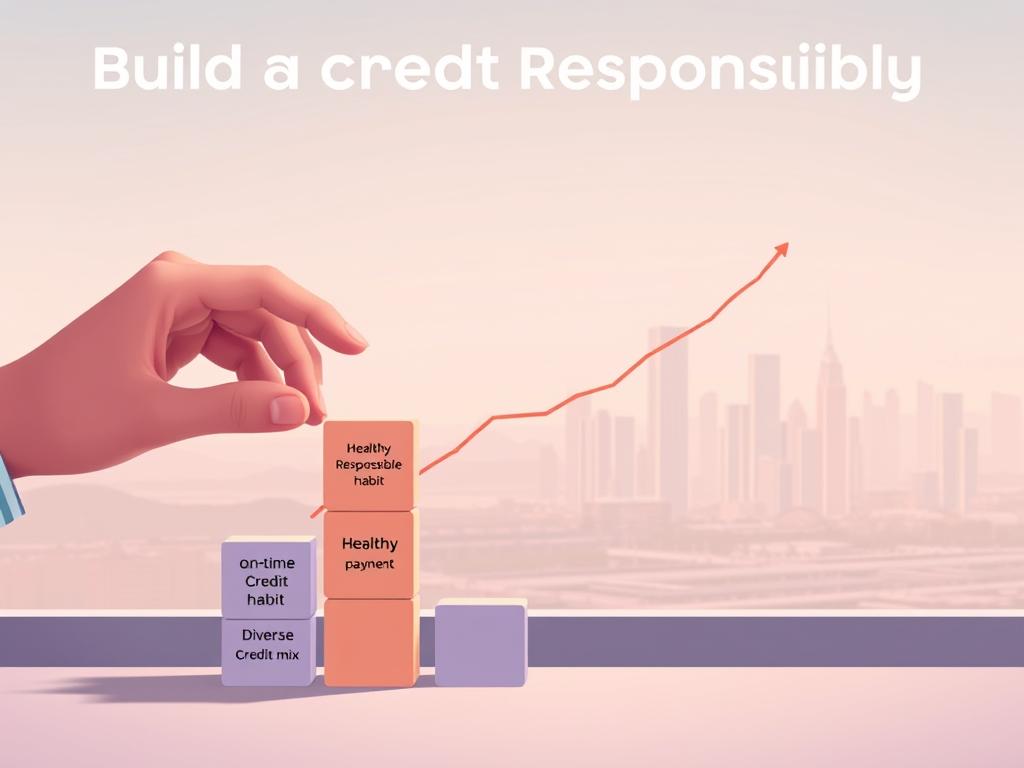Anúncios
Building a strong financial foundation starts early, and the right tools make all the difference. No-annual-fee options help young adults manage expenses while avoiding extra costs. Providers like Bank of America® and Discover® offer tailored programs to fit your needs.
These financial products come with perks like cashback rewards and travel points. They also include educational resources to guide responsible spending. Comparing features like APR rates and reward structures ensures you pick the best fit.
Anúncios
Smart usage now leads to better opportunities later. Whether it’s your first application or an upgrade, choosing wisely sets you up for long-term success.
Key Takeaways
- No-annual-fee options help manage costs while building credit history.
- Top providers offer specialized programs with valuable rewards.
- Cashback and travel points add extra value to everyday spending.
- Comparing APR rates and benefits ensures the best choice.
- Responsible use now improves future financial opportunities.
Why Choose a Student Credit Card with No Annual Fee?
Avoiding unnecessary costs while building financial health is a game-changer. These financial tools let you grow your credit score without yearly charges eating into your budget.
Build Credit Without Extra Costs
Discover reports payments to all three major bureaus, helping you build credit faster. On-time payments boost your credit score, opening doors to future loans or rentals.
Bank of America® focuses on habit-building. Their tools track spending and suggest limits to keep you on track.
Earn Rewards While You Learn
Turn everyday purchases into value:
- Earn cash back with Discover’s 5% rotating categories (like groceries).
- Bank of America® Travel Rewards gives 1.5x points on all purchases.
- Discover matches your first-year cashback—doubling your rewards.
Prefer travel? Points systems work best. Love simplicity? Cashback is king. Either way, you win.
Top Student Credit Cards with No Annual Fee
Smart financial choices today pave the way for a brighter tomorrow. These standout options combine rewards with flexibility, helping you maximize value without extra fees.
Discover it® Student Cash Back
This cash back card shines with 5% rewards in rotating categories like groceries and gas. Activate quarterly to unlock bonuses—plus, earn 1% on all other purchases.
Discover matches your first-year earnings, doubling your rewards. No foreign fees and a $500 minimum limit make it ideal for beginners.
Bank of America® Travel Rewards for Students
Earn 1.5x points on every dollar spent, redeemable for flights or hotels. New users get a 25,000-point bonus (worth $250) after meeting spending requirements.
Pro tip: Pair this with their mobile app to track points effortlessly.
Chrome for Students by Discover
Perfect for commuters, this discover student credit option offers 2% back at gas stations and restaurants. Note the $1,000 quarterly cap on these categories.
Like its sibling, it has no foreign fees and reports payments to all three bureaus.
“Rewards shouldn’t cost you. These picks prove you can earn while you learn.”
How to Compare Student Credit Cards
Choosing the right financial tool requires careful comparison of key features. Focus on rewards, interest rates, and credit limits to maximize value. Each factor impacts your long-term financial health.
Rewards Programs: Cash Back vs. Travel Points
Cashback options like Discover’s 5% rotating categories offer flexibility. Travel points, such as Bank of America®’s 1.5x multiplier, suit frequent flyers. Rewards should align with your spending habits.
Pro tip: Discover matches first-year cashback, doubling your earnings. Travel points often require higher spending for redemptions.
APR Rates: Introductory vs. Standard
Discover’s 0% intro APR lasts six months—ideal for large purchases. Afterward, rates jump to 18.24%–27.24%. Bank of America® starts at 16.24%–26.24%.
Plan payments to avoid APR spikes post-intro period. Carrying a balance? Prioritize low standard rates.
Credit Limit Considerations
Limits depend on income and existing credit history. Keep utilization under 30% to protect your score. Discover’s $500 minimum helps beginners.
Balance transfers cost 3%–5% of the amount. Factor this into your decision if consolidating debt.
“Comparing features side by side ensures you won’t pay for perks you’ll never use.”
Maximizing Cash Back Rewards
Turning everyday spending into extra cash is easier than you think. The right strategy lets you earn cash back rewards on purchases you’d make anyway. Discover it® and similar programs turn routine buys into real savings.

5% Rotating Categories
Discover it® offers 5% cash back earn rates in quarterly rotating categories. Activate each quarter to unlock bonuses like:
- Amazon and grocery stores (Q1 2024)
- Gas stations and streaming (Q2 2024)
Spend up to $1,500 per quarter for maximum rewards ($75 cashback). Miss activation? You’ll earn just 1%.
Unlimited 1% Back on Everything
All other purchases earn 1% automatically. Spend $15,000 annually? That’s $150 back—no caps or hoops. Pair this with rotating categories for layered rewards.
First-Year Dollar-for-Dollar Match
Discover matches cash back earned in your first year. Earn $500? Get another $500 at the end. This doubles rewards for new users, making it ideal for beginners.
| Feature | Discover it® Student | Chrome for Students |
|---|---|---|
| Highest Rewards Rate | 5% (rotating) | 2% (gas/restaurants) |
| Base Rate | 1% unlimited | 1% unlimited |
| First-Year Bonus | Full match | None |
“Rotating categories demand attention, but the payoff is worth it—especially with the first-year match.”
Understanding APR for Student Cards
APR impacts your wallet more than you might realize—here’s how to navigate it. This rate determines how much extra you’ll pay on carried balances. Savvy users leverage intro APR months to save, then pivot before rates adjust.
0% Introductory APR Offers
Discover’s 6-month 0% intro APR lets you finance purchases interest-free. But unpaid balances after this period trigger deferred interest charges. Compare this to Bank of America®’s 10.99% intro rate on balance transfers.
Key strategies during the intro period:
- Pay off large purchases before month 7
- Set calendar reminders for rate-change dates
- Avoid new purchases if carrying a balance
Variable APRs After the Intro Period
Post-intro rates jump to 18.24%–27.24% variable purchase APR. Daily compounding means a $1,000 balance could cost $182–$272 yearly. Discover’s rate varies with the Prime Rate, so monitor Federal Reserve changes.
Competitor comparison:
| Card | Intro APR | Standard APR |
|---|---|---|
| Discover it® | 0% (6 months) | 18.24%–27.24% |
| Bank of America® | 10.99% (transfers) | 16.24%–26.24% |
How to Avoid Interest Charges
Auto-pay eliminates late fees that trigger penalty APRs. Discover forgives your first late fee, but habitual delays hurt your credit score. Always pay at least the minimum—on time.
Pro tips for interest-free usage:
- Pay balances in full each month
- Use
- Enable payment alerts via mobile app
“Treat your intro period like a sprint—clear balances fast to avoid marathon interest costs.”
Eligibility Requirements for Student Cards
Getting approved for your first financial tool requires meeting basic criteria. Lenders verify your enrollment status, income, and age to minimize risk. Here’s how to ensure you qualify.

Proof of Enrollment and Income
Providers like Discover and Bank of America® need confirmation you’re enrolled. Acceptable documents include:
- Current class schedule or tuition bill
- Registrar-signed letter
- Student ID with expiration date
No paycheck? Use scholarships, parental allowances, or part-time job earnings. The CARD Act requires *under 21* applicants to show independent income or add a cosigner.
No Credit Score? No Problem
Discover it® Student doesn’t require a credit score required. They review banking history or school status instead. This helps you build credit history from scratch.
Other issuers may check for a social security number and U.S. address. International applicants might need an ITIN.
Age and Residency Rules
You must be 18+ and a U.S. citizen or permanent resident. Temporary visas often disqualify applicants. Some states impose additional restrictions.
| Requirement | Discover it® | Bank of America® |
|---|---|---|
| Minimum Age | 18 | 18 |
| SSN/ITIN | Required | Required |
| Cosigner Under 21 | Yes | Yes |
“Eligibility isn’t a barrier—it’s a roadmap. Gather the right documents, and you’re halfway to approval.”
How to Apply for Your First Student Credit Card
Securing your first financial tool is simpler when you know the exact steps to follow. Gather your documents, understand the process, and you’ll be approved in minutes. Providers like Discover and Bank of America® streamline applications for beginners.
Documents You’ll Need
Prepare these items before starting your online application steps:
- Social Security Number (SSN) or ITIN
- Proof of income (pay stubs, scholarship letters)
- School enrollment verification (class schedule, student ID)
Note: Discover may approve applicants without a credit score required, while Bank of America® reviews existing banking history.
Online Application Steps
Follow this streamlined process to apply discover student accounts:
- Visit the issuer’s website and select “Apply Now.”
- Enter personal details (name, address, SSN).
- Input financial information (income, housing costs).
- Submit school verification if prompted.
Discover’s form takes under 10 minutes and may offer instant decisions. Bank of America®’s comparison tool helps match you with suitable options.
Checking for Pre-Approval
Many issuers offer pre-approval with a soft inquiry—no impact on your credit. Discover’s tool confirms eligibility without a hard pull. Compare pre-approval terms:
| Provider | Pre-Approval Process | Impact on Credit |
|---|---|---|
| Discover | Online form with basic details | Soft inquiry only |
| Bank of America® | Requires income verification | Soft inquiry initially |
“Pre-approval removes guesswork—you’ll know your odds before the formal application.”
Tips to Build Credit Responsibly
Small steps now can make a big difference in your future. Managing your finances wisely helps you build credit while avoiding costly mistakes. Discover and other providers offer tools to guide you.

Pay On Time, Every Time
Late payments hurt your credit score. Set up text or email alerts to avoid missing due dates. Discover forgives your first late fee, but consistency matters.
Auto-pay ensures you never forget. Even one skipped payment can drop your score by 100+ points.
Keep Your Balance Low
Using less than 30% of your limit protects your credit health. Compare these scenarios:
- 50% utilization: May lower your score by 20–40 points.
- 10% utilization: Ideal for maximizing your rating.
Pay early if you need to spend more. High balances signal risk to lenders.
Monitor Your Credit Score
Discover’s free FICO® Score tracking lets you check progress monthly. Credit Karma also offers free updates. Watch for:
- Unexpected drops (could indicate fraud).
- Errors in reported payments.
| Strategy | Impact on Score |
|---|---|
| On-time payments | +50–100 points/year |
| Low utilization | +20–50 points |
| No hard inquiries | Prevents 5–10 point drops |
“Your credit score is a financial report card—nurture it like your GPA.”
Struggling to qualify? Secured cards require a deposit but help you build credit. Avoid cash advances—they charge 5% fees and high interest.
Conclusion
Finding the right financial tool helps you build credit while keeping costs low. Top picks like Discover it® and Bank of America® Travel Rewards offer cash back or travel points without yearly fees.
Compare ongoing rewards versus sign-up bonuses to maximize value. Remember, high APRs can quickly offset rewards if balances linger. Always pay on time to avoid interest traps.
Ready to start? Check pre-approval offers risk-free. A smart choice today sets you up for long-term success.